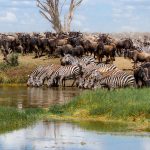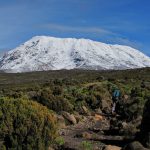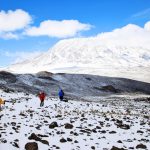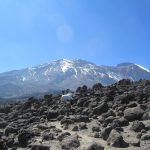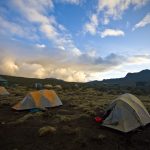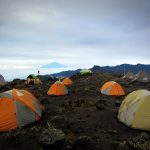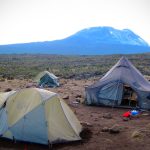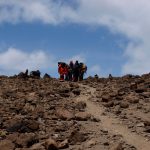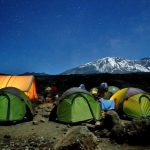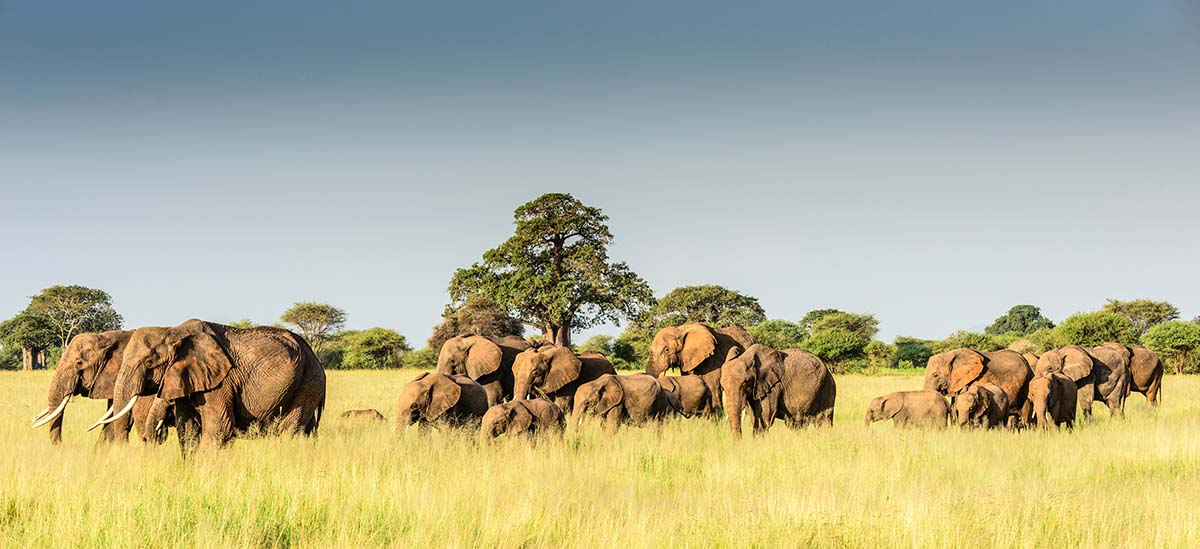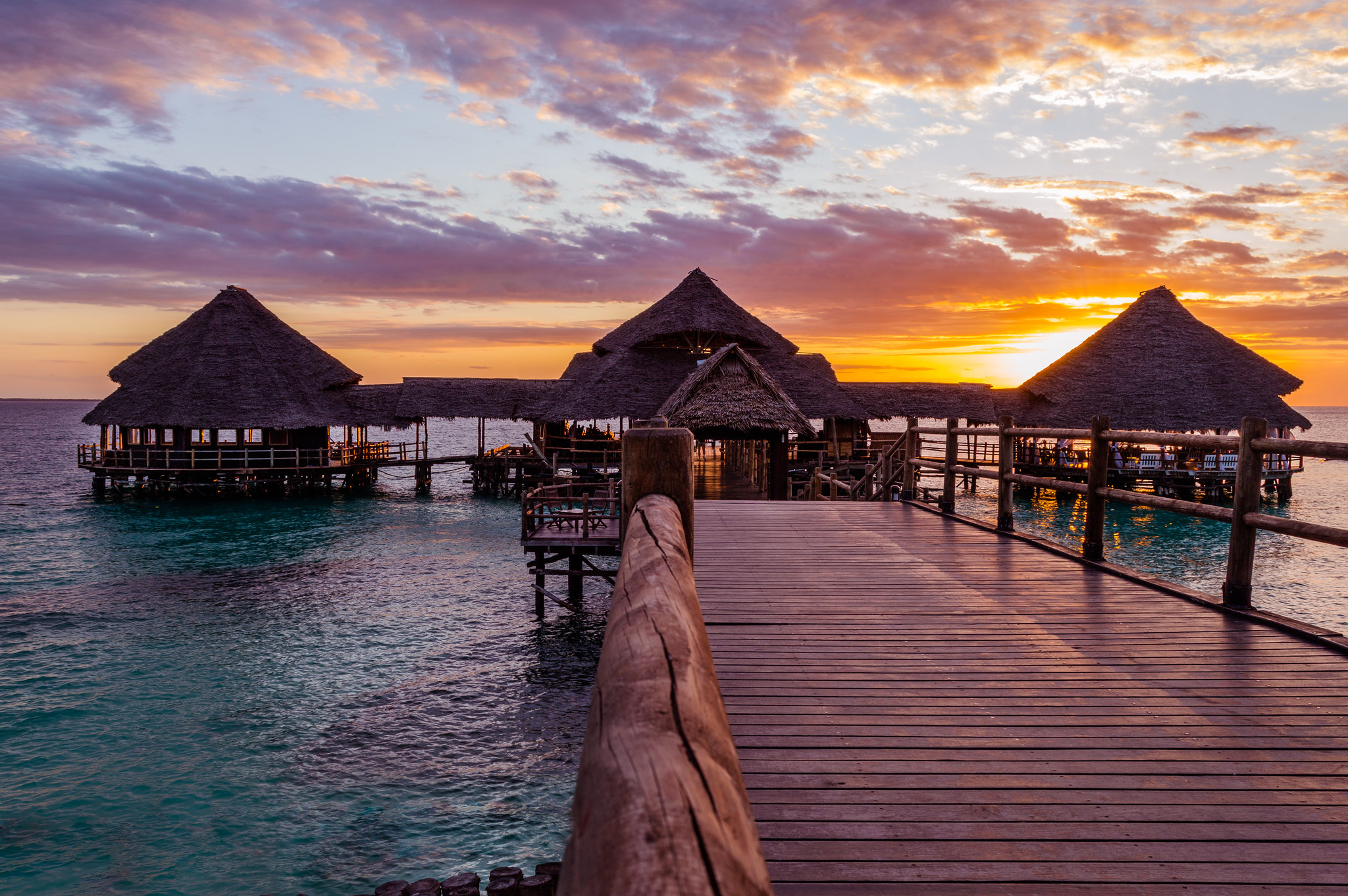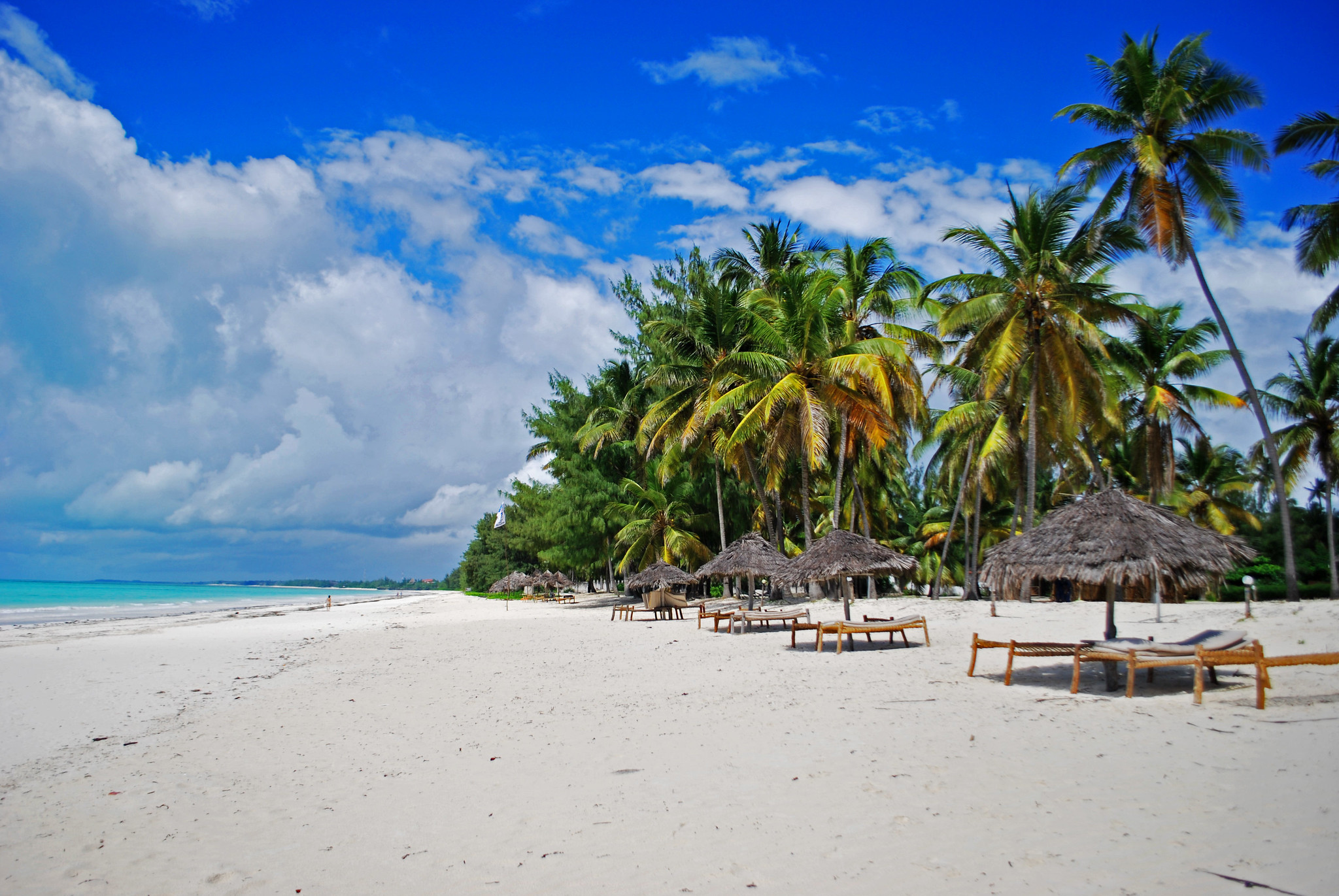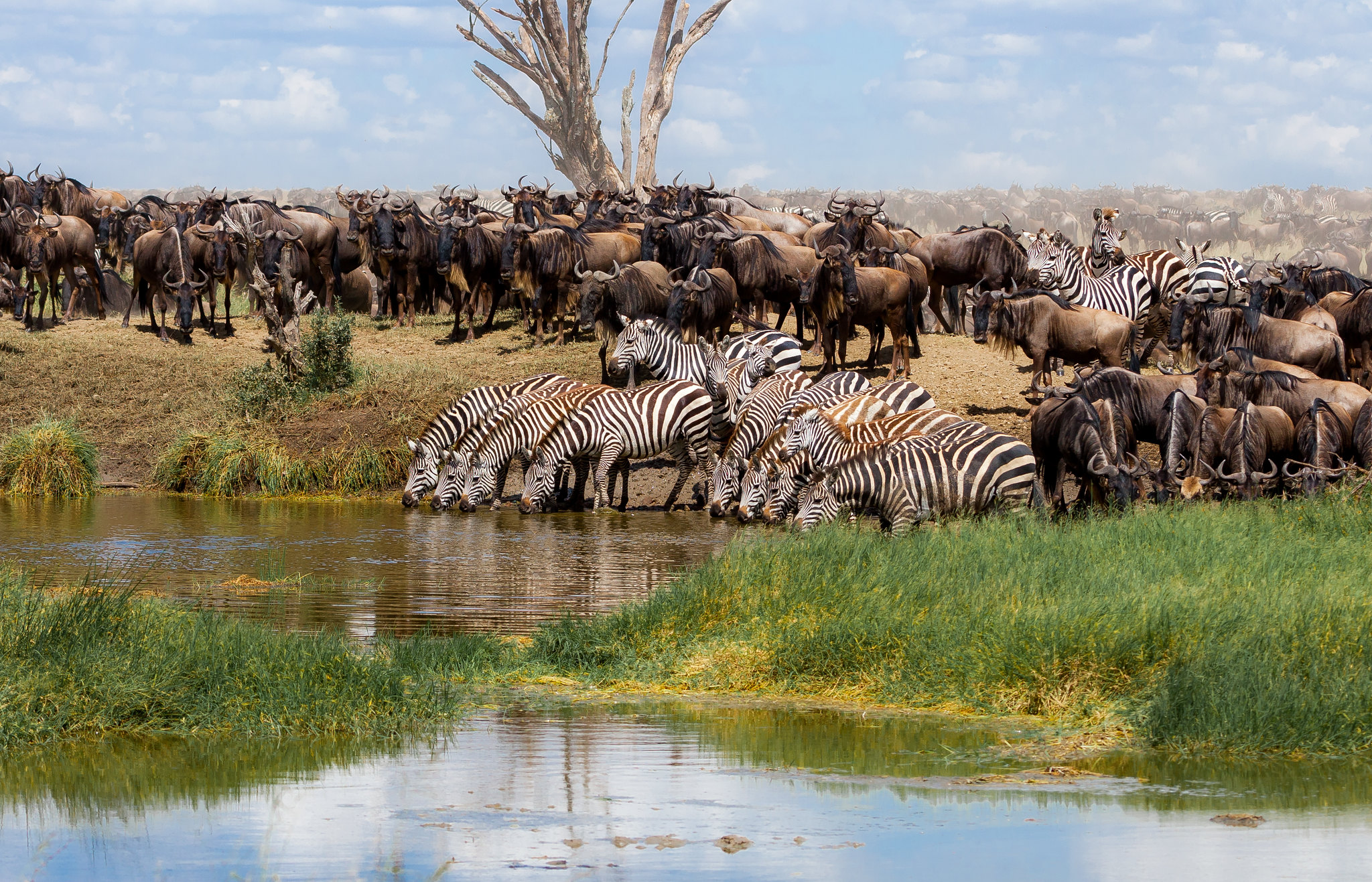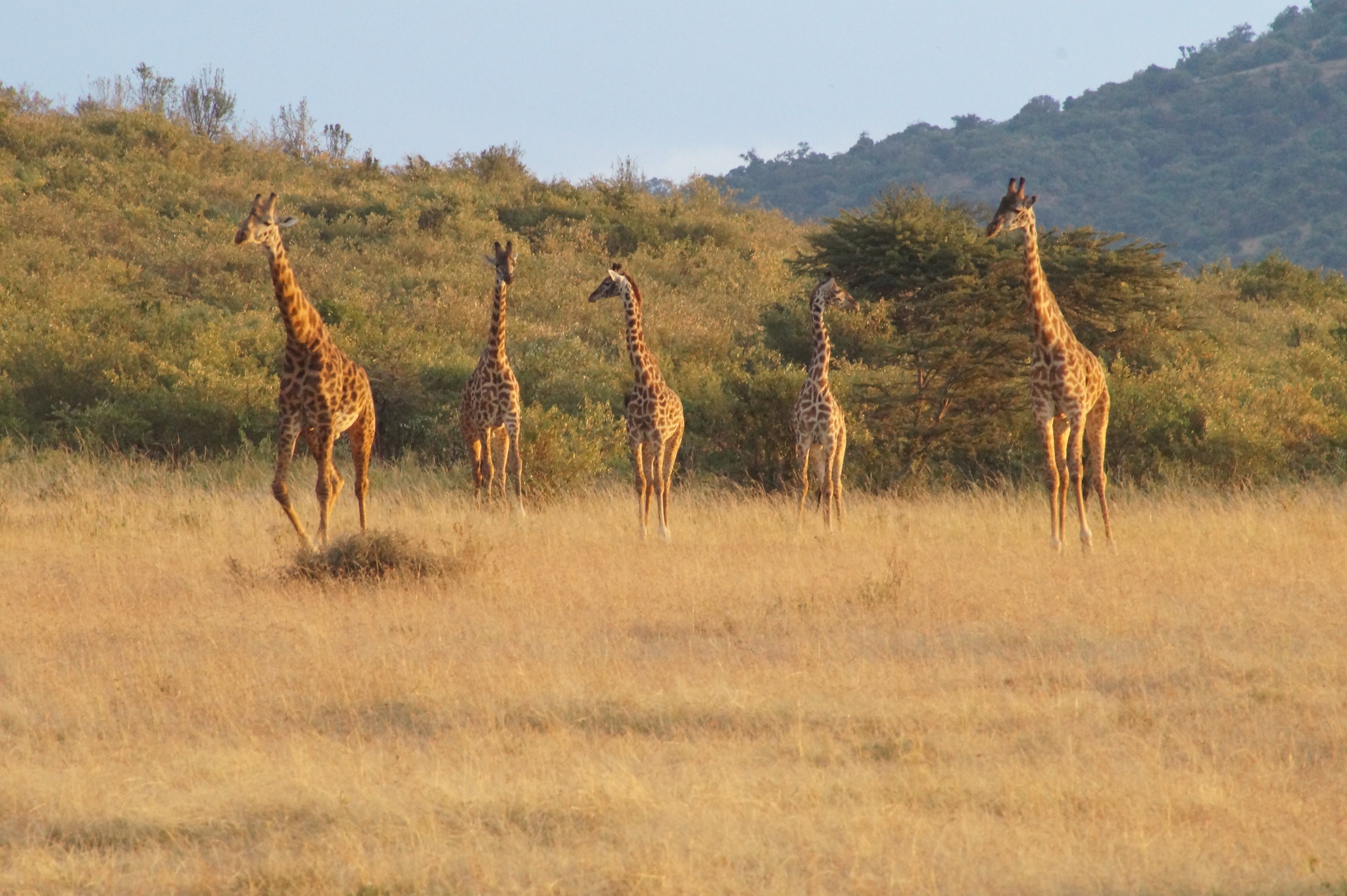Kondoa rock painting
Overview of the Destination
The unexpected Maasai escarpment that emerges on the eastern side of the Rif valley in the Dodoma District of Tanzania is well off the main path and, mistakenly, hardly explored by foreign tourism. The contemporary Sandawe and Bantu populations found sanctuary in a region of steep hills with caves and ravines thousands of years ago, leaving behind a wealth of rock art evidence that is among the most fascinating and enigmatic in all of Africa.
A massive collection of rock paintings are hidden in about 160 crevices and ravines of the cliff in the vicinity of the town of Kondoa Irangi, close to the villages of Fenga, Kolo, Pahi, and Thawi. It is likely that many more are still undiscovered.
The dating theories for these diverse artifacts, which were designated a UNESCO World Heritage Site in 2006, are conflicting; they generally reflect a time period of about 2,000 years, or, in the opinion of some academics, up to 6,000 years for the earliest specimens.
The magnificent scenes of elephant hunting at Fenga or the prehistoric instances of stylized human figures with enigmatic headgear or tribal masks at Kolo, which can be reached by 4WD and a mini-trek on the final stretch that rises up the hill, are among the most interesting iconographies. But there’s little question that the collection kept at the remote Thawi rock site is the biggest and richest.
This enormous collection of cave paintings is not only an exceptional artistic and archaeological repertory but also a priceless iconographic legacy on the anthropological development of the local populations, who were first simple hunters and gatherers and later organized into more complex and sedentary agro-pastoral societies. According to some ideas, the oldest specimens were created by the ancestors of the Sandawe, a family of San-Bushmans (an austral population with a long history of rock art), while the most recent ones were likely created by later people of Bantu ancestry.
The most current, fantastical symbolic dichromatic geometries, in black and white, with enigmatic connotations, are covered and mixed with the images of wild creatures, such as gazelles, elephants, and giraffes, of domestic animals, and stylized anthropomorphic beings.
The distinctiveness of these locations also stems from the continued celebration of propitiatory ceremonies and animist divinations there by modern populations, which preserves the holiness of the locations and the centuries-old tradition of these peoples.
The paintings, which are exquisitely preserved and some of which have the highest artistic value due to their iconographic realism, are partially shielded from the elements by the rocky crevasses in which they are found, but are primarily shielded by the vegetation of the nearby woodlands, which keeps the sun and erosion from harming them.
An exceptional location, a singular open-air natural museum that is still mostly unexplored and enigmatic, and which unquestionably merits in-depth research and at least one visit in one’s lifetime.




